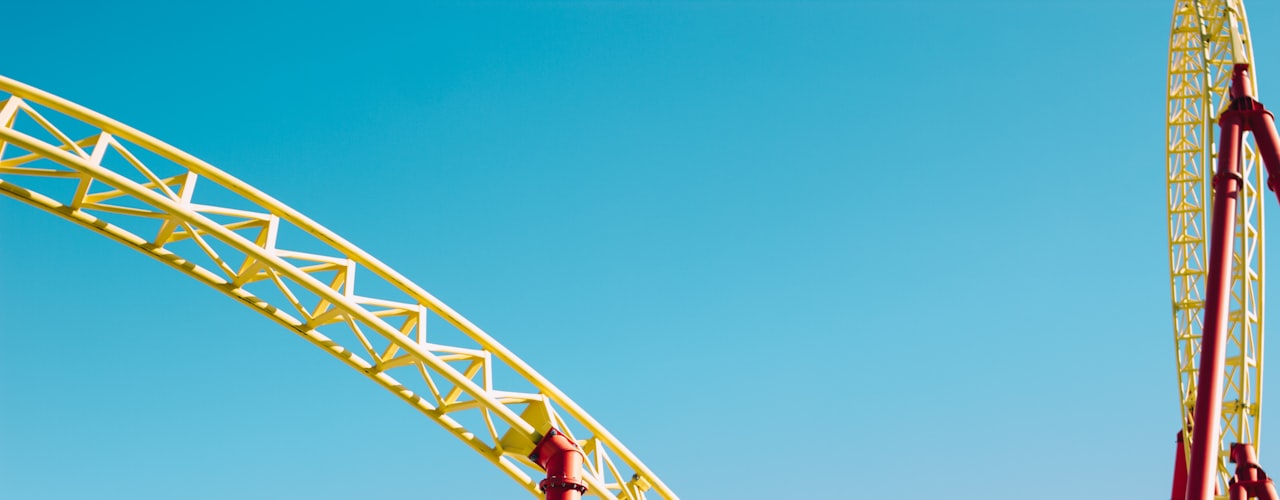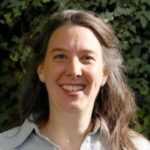Vision Map
What is Vision Map about ?
Analogies from other areas of life help explore new perspectives. Visualization is useful for filling out ideas in an intuitive way. A map with all different aspects of topography turned out to be vast enough to record all different kinds of idea "landscapes". At the same time, the map provides helpful questions like: "Where in my project/vision/idea are nature reserves that must be preserved in any case?" or "Where in my project/vision/ideas are the wells, the natural resources, the points of interest, the ruins, the dangerous cliffs, etc."
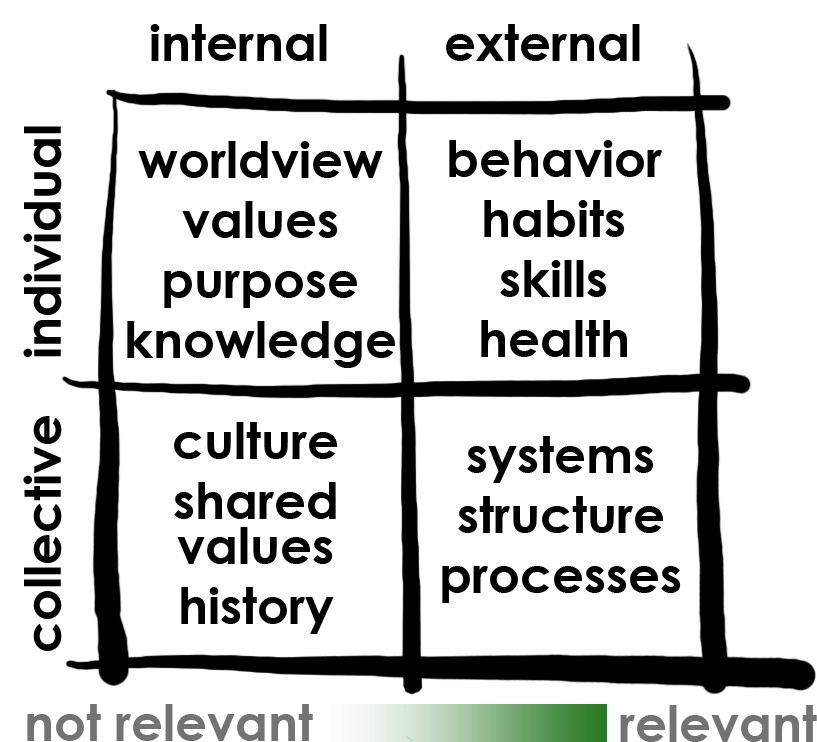
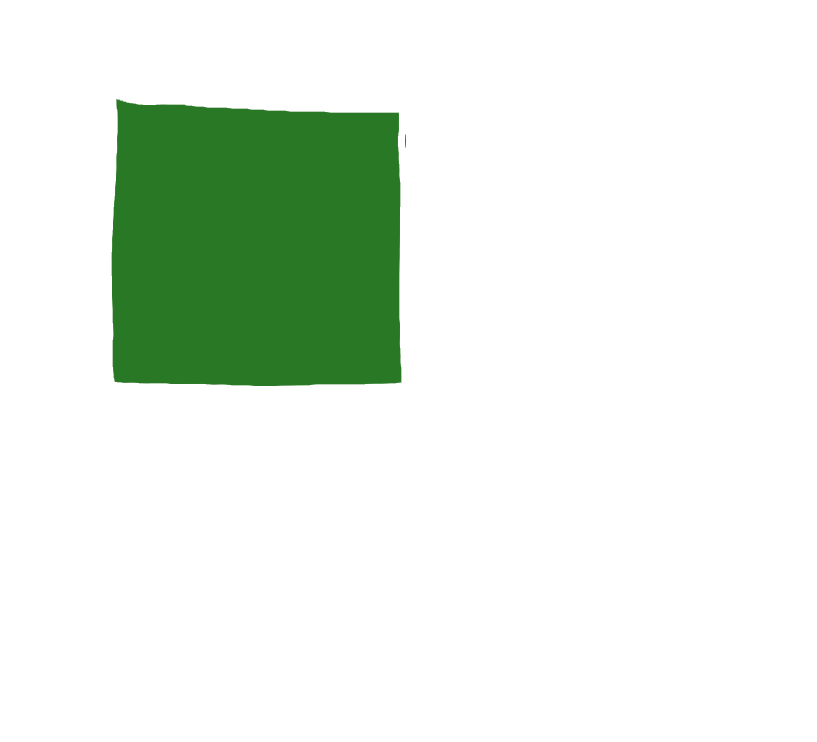
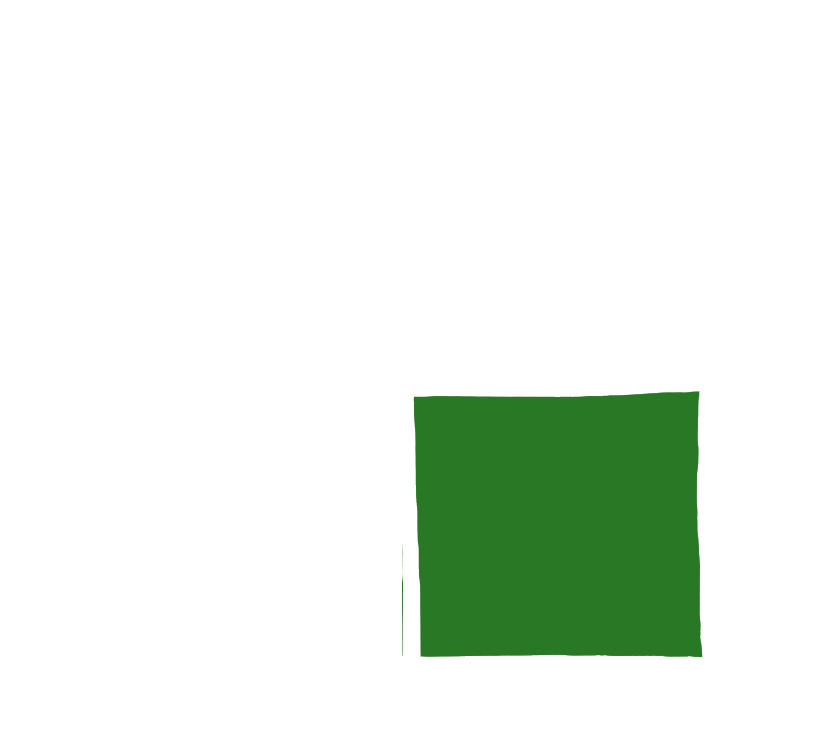
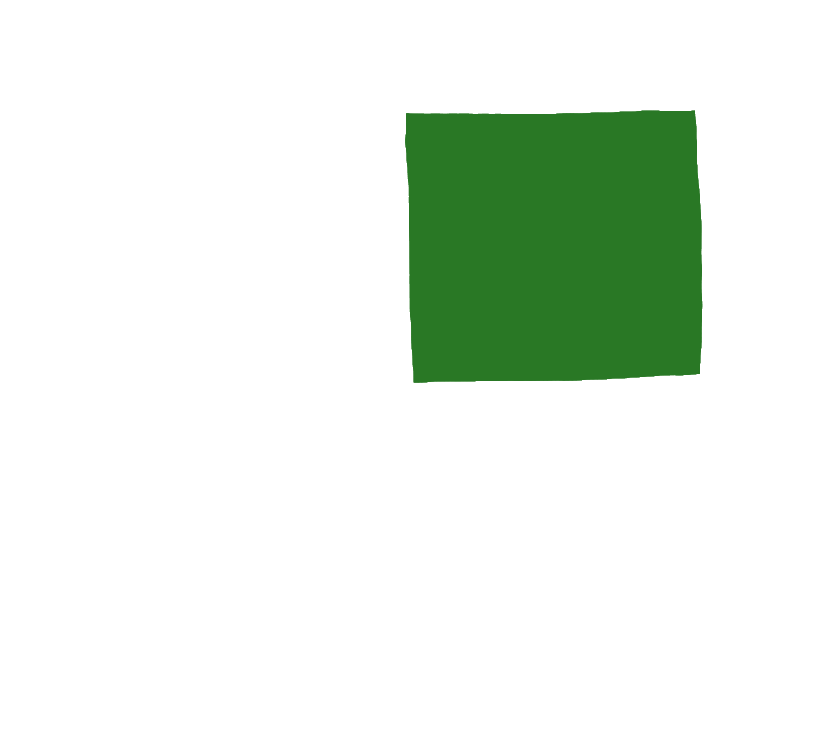
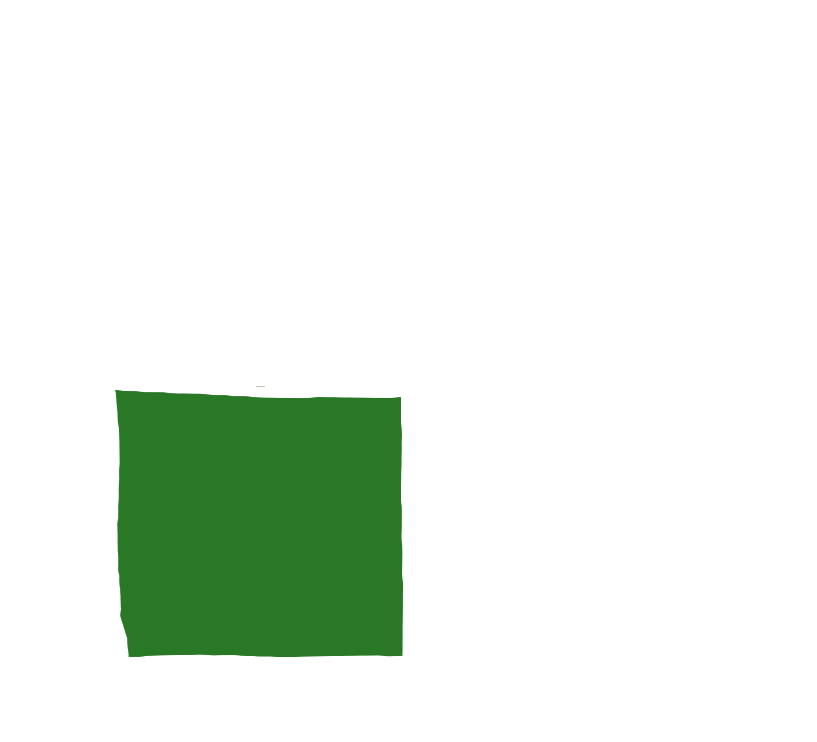
Audience
Is participant experience relevant for Vision Map ?
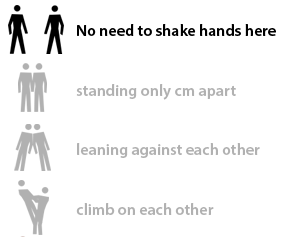
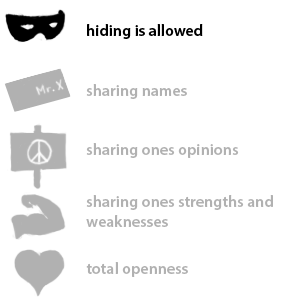
Requirements
Enough space to spread all the maps.
Run Through
Prepare or buy a map for each participant. For more information see the Materials section.
Prepare a table with creative materials.
Make sure there is enough space for the participants to spread out their maps. It is not necessary that they all work in the same room. It is nice to have some light boards to stick the maps to -- that gives the participants the flexibility to also work outdoors or put them on an easel. Otherwise you can work on tables, on the floor or stick them to the walls. Find the right ground according to what's available in your workshop space and what your participants might need or want.
Material for
Maps: Print the (soon) attached template on DIN A0 paper and a cover template on DIN A3 cardboard. Fold and glue together. Make sure to do it together with someone and have a good conversation aside or to listen to a good audiobook; it takes a while to prepare them. But it is worth it, people LOVE to have their own map with their name on it and they value the love and care you put into it. If you have a lot of time with the participants you can also let them craft their own map. The minimalistic way is to give each person a flipchart paper, but it is not the same.
A printed list of legend symbols and their meaning to inspire for each participant. You'll find a legend template attached soon.
Creative Materials: Pencils, pens, colors, brushes, old magazines, stuff to glue on (feathers, leaves, collected flat items, glitter stuff, fabrics etc.), scissors and glue. It is great to have a huge collection that supports the participants to think their ideas in terms of abundance.
Tables to put the map on and/or large, light boards (we like to use large canvases, they are light and robust) and/or easels.

ERASMUS +
Co-funded by the Erasmus+ Program of the European Union. Find more information about the program and its goals here: https://erasmus-plus.ec.europa.eu/.
Views and opinions expressed are however those of the author(s) only and do not necessarily reflect those of the European Union or the European Education and Culture Executive Agency (EACEA). Neither the European Union nor EACEA can be held responsible for them.

Creative Commons license:
CC-BY-SA You are free to distribute, remix, adapt, and build upon the material in any medium or format, even for commercial purposes with mention of the source: Transformation Hosts International, www. hostingtransformation.eu. If you remix, adapt, or build upon the material, you must license the modified material under identical terms.

